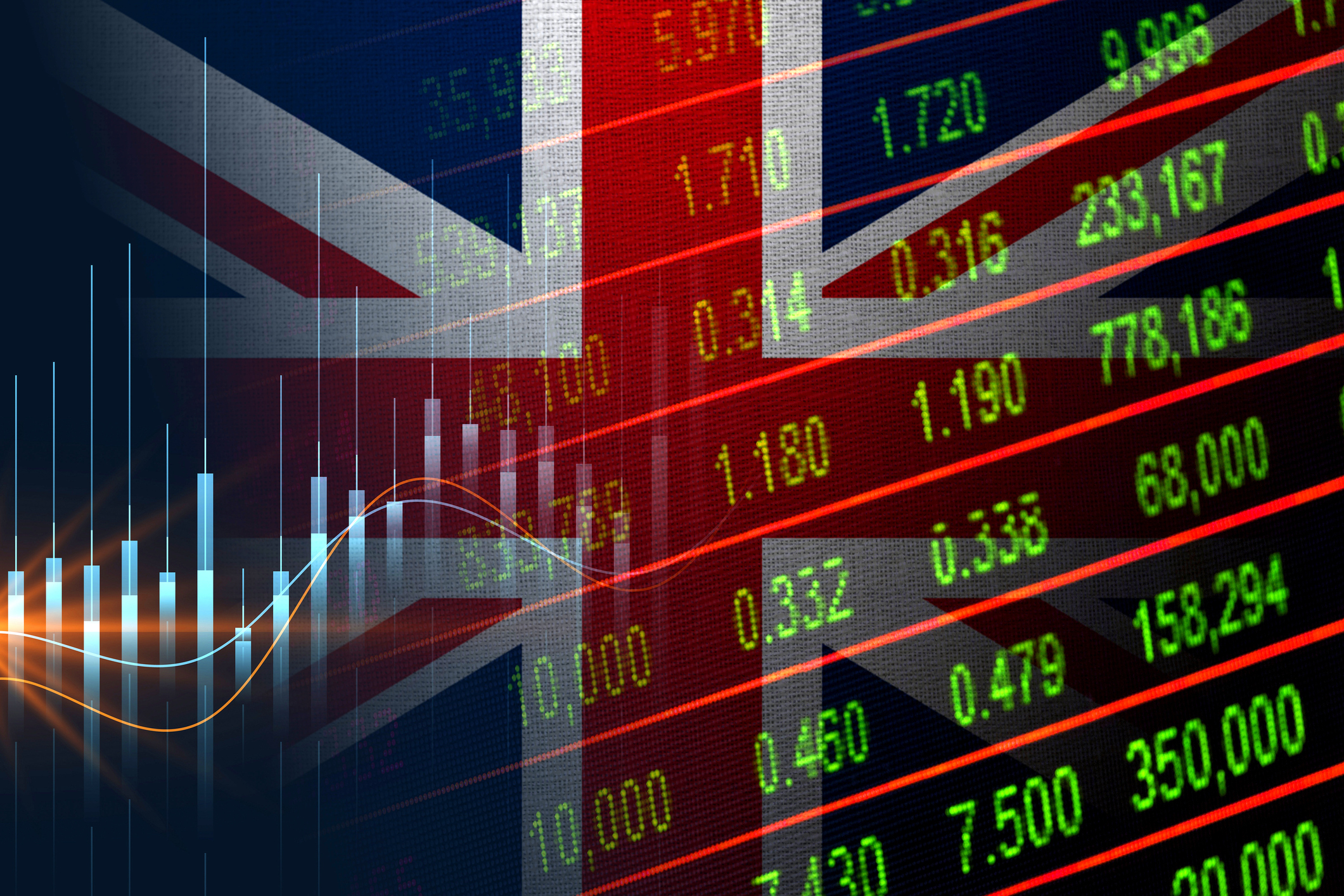29 May 1660: Charles II restored to the throne
While Charles II was formally proclaimed King by parliament in April, he only reached London on this day in 1660.


During the 1640s, England and Wales were plunged into a bitter civil war, ending in 1649 with the execution of King Charles Iandthe establishment of a Commonwealth. However, the rule of the Lord Protector, Oliver Cromwell (paid the equivalent of £1.5m a year), proved unpopular.
After he died in 1658, his son Richard briefly took over, but was forced to resign a year later.The stage was set for the restoration of the monarchy and the return of the late king's oldest son.
Charles II was formally proclaimed King by parliament in April 1660 (and had considered himself monarch from 1649 onwards), but he only reached London on 29 May. In return for the end of feudal dues, parliament nominally agreed to give the crown £1.2m (£150m in today's money) a year.
MoneyWeek
Subscribe to MoneyWeek today and get your first six magazine issues absolutely FREE

Sign up to Money Morning
Don't miss the latest investment and personal finances news, market analysis, plus money-saving tips with our free twice-daily newsletter
Don't miss the latest investment and personal finances news, market analysis, plus money-saving tips with our free twice-daily newsletter
However, the cost of various wars (including several against the Dutch) pushed spending well above that amount, while the projected revenues from customs and excise duties never appeared.
This led to soaring borrowing, and a clash between the King and parliament over control of taxation. Indeed, the English government was so cash-strapped that Charles II ended up selling Dunkirk to the French for £375,000 (£46.6m) in 1662. He also leased Bombay to the East India company for £10 a year from 1668, to save money on the costs of defending the region.
Even so, the government was forced to suspend debt payments several times, starting in 1672. Debt accumulated during Charles II's reign (which ended on his death in 1685), along with the fiscal impact of the Dutch invasion of 1688/1689, would later result in the establishment of the Bank of England in 1694.
Get the latest financial news, insights and expert analysis from our award-winning MoneyWeek team, to help you understand what really matters when it comes to your finances.

-
 Why UK investors are backing British stocks in 2026
Why UK investors are backing British stocks in 2026The UK stock market may be lacking fashionable technology shares but investors are keen to buy British next year
-
 UK inflation live: did inflation fall in November?
UK inflation live: did inflation fall in November?The ONS releases inflation data for November tomorrow (17 December). Has inflation continued its downward trend?